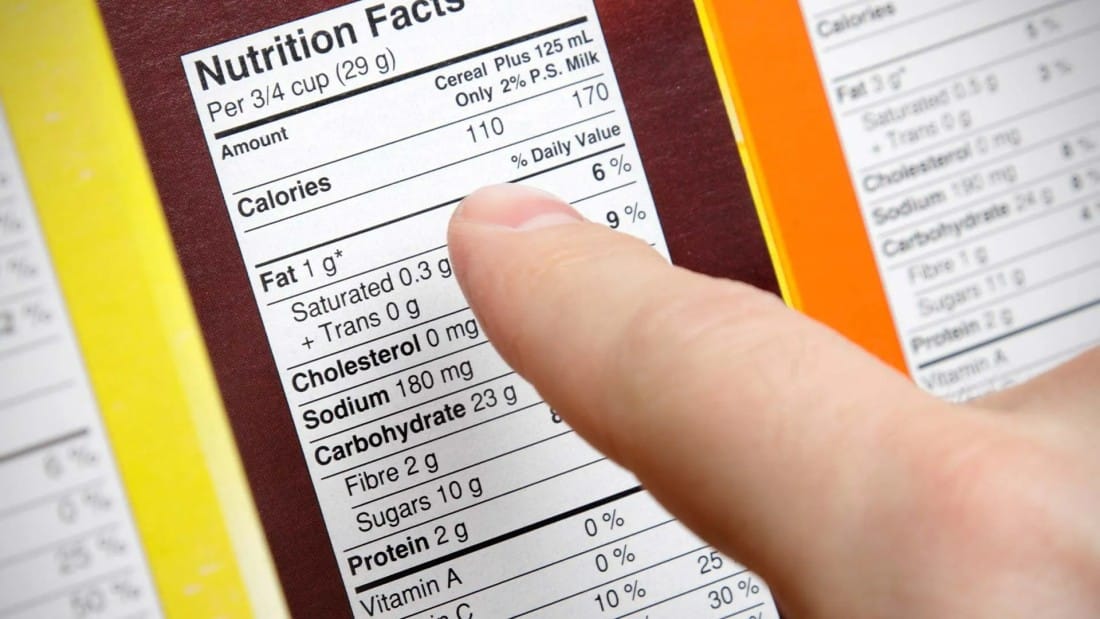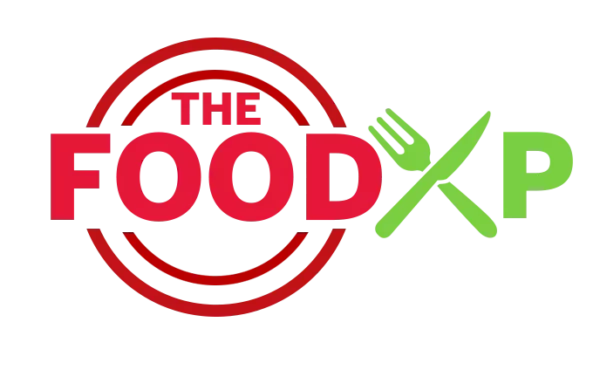Nutrition facts labels are a must in almost every country worldwide since they give us a fair idea of what we consume. However, do nutrition facts also play a role in making informed food choices? Let’s find out!

Nutrition facts labels have a few critical roles in making informed food choices. These key roles mainly include nutrition tracking and balancing, understanding how food fits your daily needs, managing certain health conditions, and it also helps identify which types of food are too high or too low in calories and nutrients.
Although nutrition facts labels were not as popular just a few decades ago, they have become almost mandatory for certain food corporations. Previously, you may find nutrition facts labels only on packages of food that big, multinational companies manufactured.
But, now that everyone is far more conscious about their health, even most small and medium-sized food businesses have started adding the same to their products. Most small businesses and cafes quickly achieve the same by using nutrition facts label makers.
However, despite all these efforts taken by small businesses, quite a few people are still unaware of these labels’ purpose. In this blog post, you will find all the critical roles of these labels in detail, along with how exactly you can go about reading one! So, let’s begin!
What's In The Post
How To Read A Nutrition Facts Label Maker?
Before we begin with the roles that these l play and their purposes essential to understand the basics, which are how to read these labels. It may seem pretty confusing if you would have a look at it just like that; however, once you get the hang of it, it turns out to be pretty easy! Here is how you can read nutrition facts labels:
- Serving Information – The first step to checking nutrition facts labels is always to check the serving information. You may be left speechless after reading these since most packaged food tends to have a much smaller serving size than we anticipate! Most nutrition facts labels have nutrient amounts listed for just one serving, making the process much easier.
- Calories Per Serving – Once you know the serving information and what the serving size is supposed to be, you can read the nutrition facts labels to better understand calories per serving. Make adjustments to the values if you consume more or less than the serving size recommends.
- Check The Nutrients – Once you have a fair idea of how many calories you would get from a single serving, it is time to move over to the nutrients. Most nutrients listed are given in %DV, which denotes how much a particular nutrient will be a part of your daily recommended intake. In most cases, if the % Daily Value is less than 5%, it is considered less, whereas higher than 20% may be too much.
- Check The Footnote – Lastly, check the footnote as it gives a fair idea of how many calories and how much of each nutrient you should aim for, based on a 2000-calorie diet as a reference. This may also include nutrients like sodium and cholesterol, which tend to have no %DV.
Most Important Parts To Read On A Nutrition Facts Label

Now that you know how and what exactly you need to read on a nutrition facts label, it is also essential to know the most important parts of these labels that you should take advantage of.
- Serving Size – Knowing the serving size is essential, as it will give you a better idea of how many servings are in a pack and how much you are supposed to eat in one go. This will also give you a fair idea of how many servings you consume.
- Calories – Once you know the serving size of any food, check the number of calories in that serving to see if it is too much or too little. At the same time, try not to miss out on calories from fat, as they give you a fair idea of how much fat you consume.
- Nutrient Amounts – Lastly, check all the nutrients and how much a single serving would offer. This will give you a better idea of how much you should consume, as a surplus of nutrients could be better. On average, the nutrients should be between 5-15 %.
The Key Roles That Nutrition Facts Labels Play

Nutrition facts labels are just there to check the calories and nutrients you get from a particular food. However, nutrition facts labels can be used for much more than that!
The possibilities are endless with a nutrition label, so quite a few small and medium-scale food businesses have also introduced the same. Let us take a look at what it is that nutrition facts labels can help us with, other than getting nutritional information.
1. Nutritional Tracking and Balancing
One of the most significant advantages of a nutrition facts label is that it helps track the nutrients you consume. Once you know how many calories you have drunk from that particular food, you can adjust the rest of the things you would be eating all day according to that information.
2. Understanding How A Food Fits In Your Daily Diet
Nutrition facts labels can also help you determine which nutrients you have received in abundance and which are low. This will help you determine what to add to your daily diet to make it more nutritious.
3. Identifying Foods That Are High Or Low In Certain Nutrients
Once you read the nutritional information of any packaged food will give you a better idea of what is too high or too low in nutritional value. This will help you add the nutrients you need to add to your diet and take off the ones you are already getting to manage and prevent any chronic diseases.
4. Makes It Easier To Follow Dietary Advice
If you seek help from any health professional regarding diet and nutrients, nutrition facts labels make the whole process much easier! Again, they give you a better understanding of what and how much you should consume packaged food.
5. Managing Certain Health Conditions
Lastly, certain health conditions like diabetes, blood pressure, and specific allergies take a bit more monitoring when it comes to nutrition. Knowing the nutritional information will help you track your eating and manage these health conditions better.
Conclusion
So, to conclude this wonderful article, it is clear that nutrition facts labels do so much more than give nutritional information! They help track nutrients better and make managing all sorts of health conditions much more accessible. Now that you know how to check nutritional information, try incorporating the same practices, and you will surely see benefits!
Frequently Asked Questions (FAQs)
Do all significant companies have nutritional fact labels listed?
Yes, most food companies these days list nutrition facts labels at the back of the packet.
What are 3 reasons why food labels are important?
The three reasons why food labels are important are because it helps you track the nutrition that you are consuming in a day, it helps you understand how a particular food fits your daily diet and nutritional labels make it easier to follow specific dietary advice.
Is the serving size always mentioned on the label?
Yes, almost every label has the serving size mentioned.
What should be the minimum amount of %DV for any nutrient?
The minimum % DV for any nutrient should be 5%.
